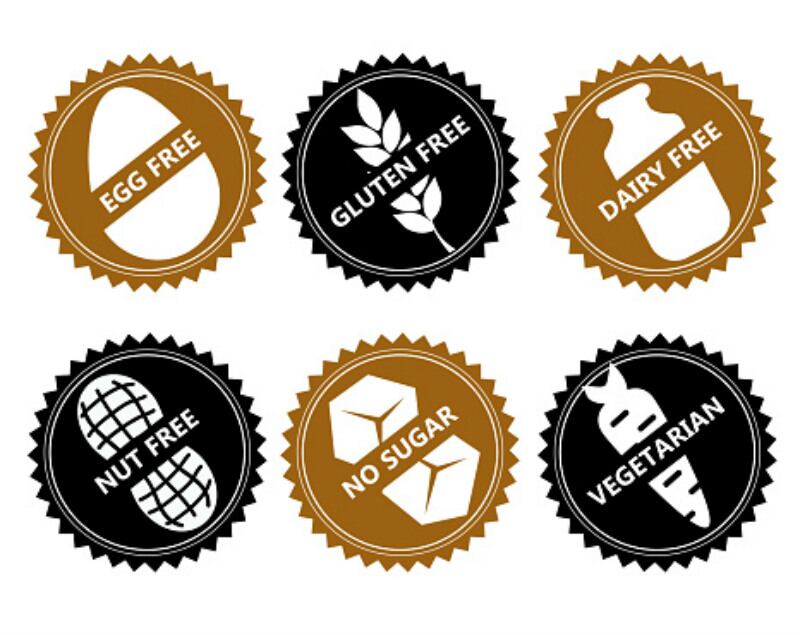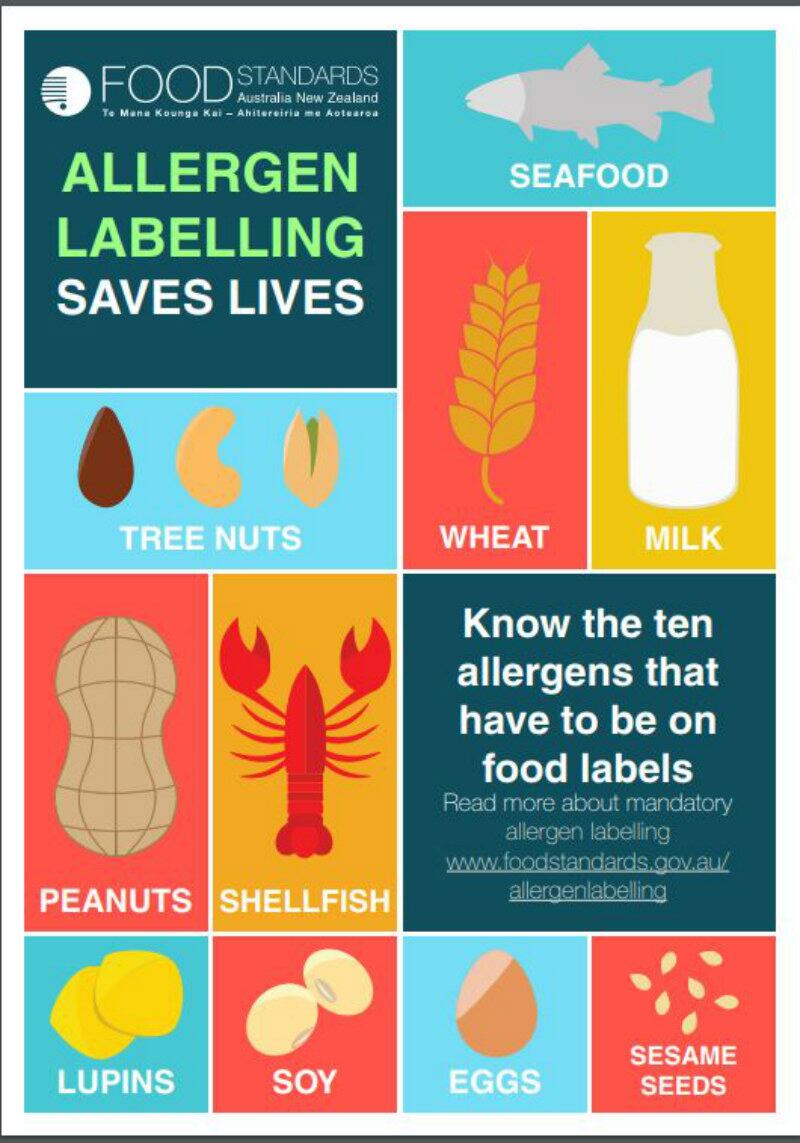Undeclared allergen food recalls take place when allergens which have not been declared by the manufacturing company are detected inside a food product. The statistics released were for the years 2016 through to 2018, where a total of 113 products were recalled due to allergens.
FSANZ categorised the possible causes for these recalls into four categories: Lack of skills and knowledge of labelling requirements, Supplier verification issues, Packaging errors and Accidental cross contamination during product processing.
Packaging errors were found to take up over half (51%) of all recalls. These included errors such as the product being packed in the wrong packaging, or making a dairy free claim when it was meant to be a gluten free claim, although ingredient list was correct.
Responding to FoodNavigator-Asia’s queries on whether further governmental action would be taken to remedy the situation, FSANZ said: “Despite the number of recalls, the food system in Australia is among the safest in the world.”
“FSANZ already engages with key consumer, industry and government stakeholders on food allergen issues through the Allergen Collaboration to ensure food labelling standards continue to protect public health and safety in relation to food allergy.”
“[We] also host an Allergen Portal which provides best-practice information about allergen management to various sectors, [and] ran a labelling awareness campaign last year.”
Allergen concerns
Also of concern was the revelation that allergen detection via the customer complaints route has been on the rise since 2016, which could mean that consumers with allergies have been exposed to products that are potentially life-threatening to them.
FSANZ CEO Mark Booth added via a statement that: “Correct allergen labelling can mean the difference between life and death for people with food allergies, so it is vital that food businesses meet labelling requirements.”
That said, earlier this year a University of Melbourne study found that more than half of all cases of anaphylaxis or food allergy reactions studied in Australia occurred after the consumption of products that failed to contain any allergen warning labels.
“Over 50% of anaphylaxis self-reports were related to product labels not containing any warning for the likely trigger allergen (whether it be a general precautionary allergen labelling (PAL), or PAL for the specific trigger food),” lead author Giovanni Zurzolo told us.
“[This is] of concern, as the food allergic consumer would consider these products safe for consumption.”
Other food recall findings in Australia
Of 100 food recalls made in the country last year, allergen contamination emerged as a particular concern as it made up almost half (46%) of all recalls, but microbial contamination was a strong runner-up at 20% of cases.
According to data from the past decade, Listeria monocytogenes, Salmonella and E. coli were the three main microbial contaminants most-often detected in food products.
This was particularly in meat (Listeria monocytogenes), fruits, vegetables and herbs (Salmonella) and dairy (E. coli).
As a whole, mixed and/or processed foods were found to be the most commonly recalled category with 144 out of 675 total cases from 2009 to 2018, followed by dairy (69 cases) and meat (60 cases).
“This is likely due to the wide range of foods that are categorised under [the mixed and/or processed foods] heading, including most long-life packaged food and manufactured items that contain multiple ingredients,” said FSANZ.





